Invasive Animals - What Can We Do?
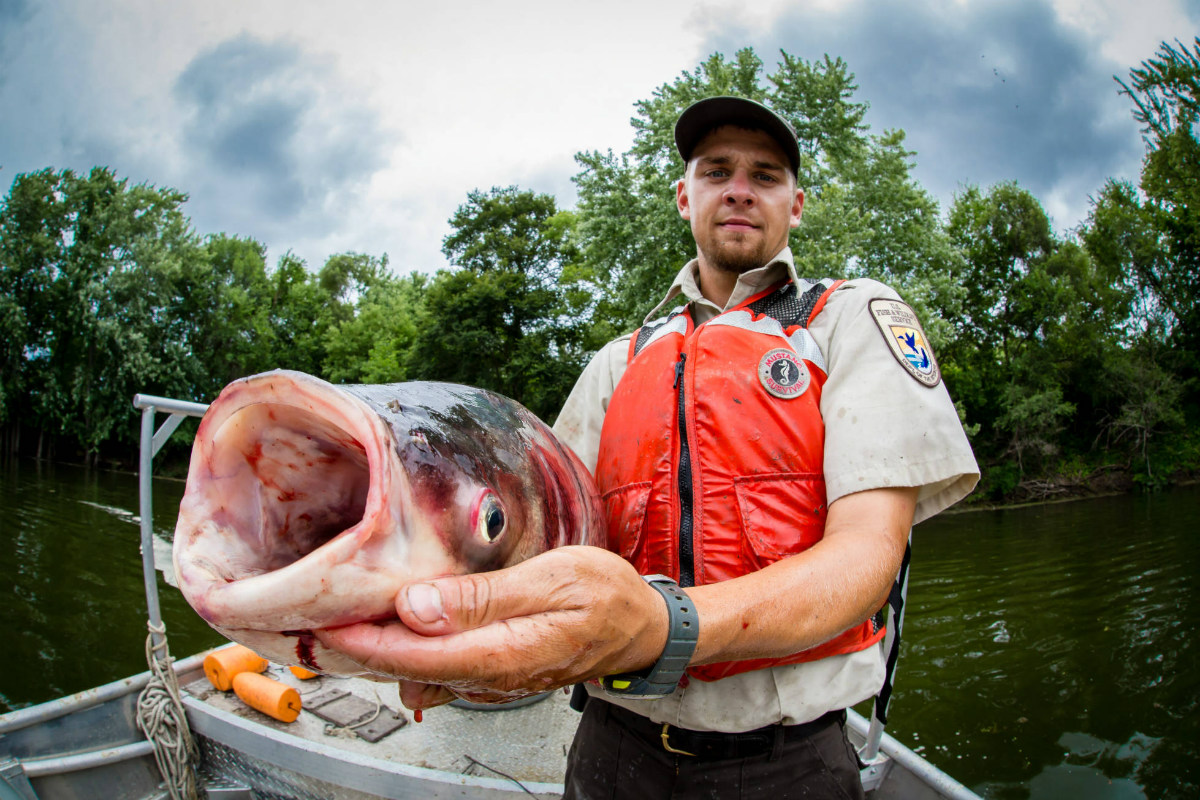
Some are sharp, some are spotted and some are slithery, only all invasive species are bad for public lands. Invasive species are nonnative organisms whose introduction to a particular ecosystem tin can crusade economic or environmental damage, or harm to human, fauna, or plant health.
Some nonnative species don't cause impairment (They're not "invasive"), but those that exercise can toll billions in harm and disrupt an environment'south natural remainder.
No matter where they came from, how they got here or what damage they crusade, invasive species are a serious concern for all who protect and preserve America'southward public lands and waters.
Invasive Mussels
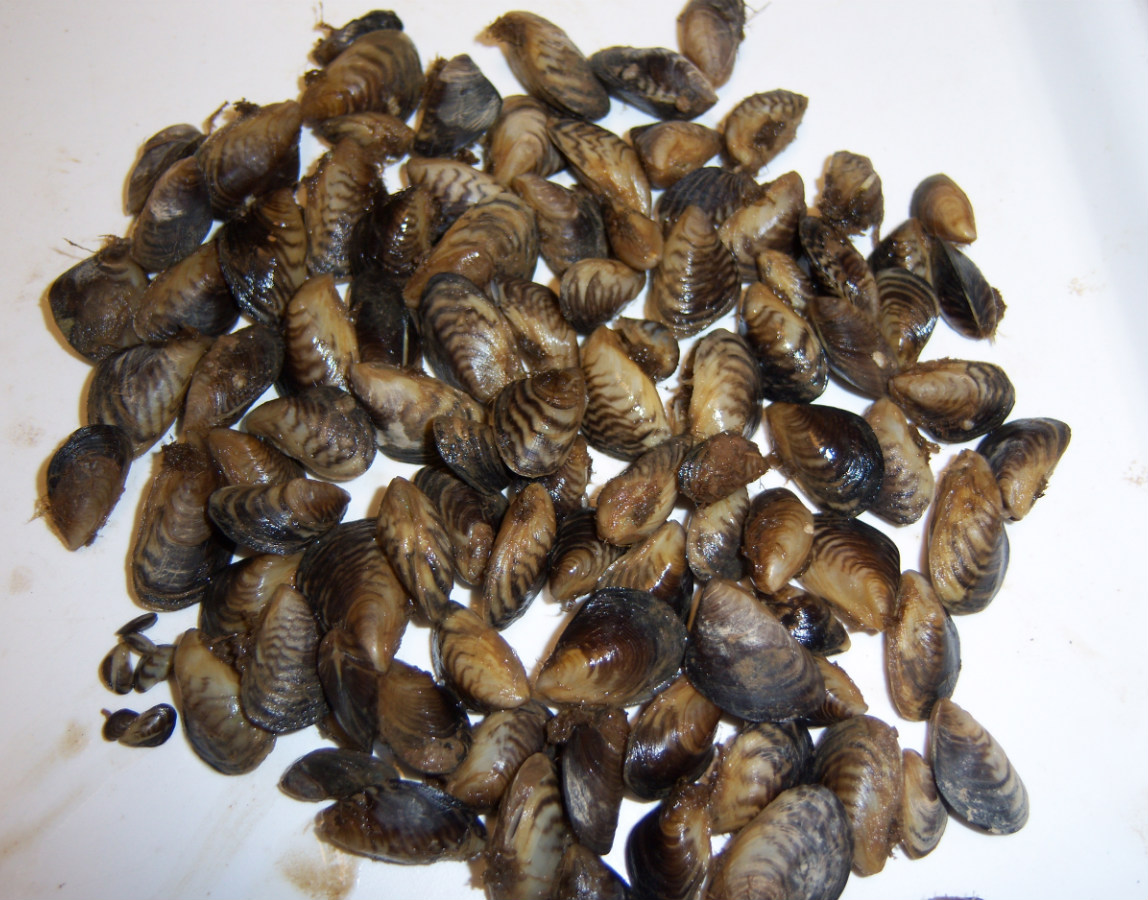
Quagga and zebra mussels are invasive species from Eurasia'due south Caspian Sea. These tiny mollusks reproduce rapidly and attach to surfaces such every bit pipes, lake bottoms, docks, and break walls, forming a crust of shells. Infestations in dams and water handling facilities can impact the delivery of water and power. Large colonies in lakes and waterways affect freshwater ecosystems, leading to harmful effects on native and endangered species, including recreational game fish. Mussel infestations may bear on recreation in other means, from sharp shell fragments scattered over beaches to increased requirements and cost for gunkhole inspection and decontamination.
What are we doing to address invasive mussels?
Since their discovery in the Dandy Lakes in the 1980s, Interior'due south bureaus and partners have worked to prevent, incorporate and command invasive mussels. Efforts to limit their spread include:
- Watercraft inspection and decontamination
- Monitoring
- Rapid response
- Public education
- Enquiry on detection and control measures
Every bit of 2019, through collaboration with the Western Governors' Association and federal, state and tribal agencies, we've besides led numerous activities to protect western waters from the spread of invasive mussels.
Become Involved
Invasive mussels primarily spread past hitching rides on boats and other watercraft. Preventing the spread of invasive mussels starts with yous! Call back to Clean, Drain and Dry your watercraft later on leaving the h2o. With your help, we can protect the nation'due south waterways and wildlife.
Rapid ʻŌhiʻa Death
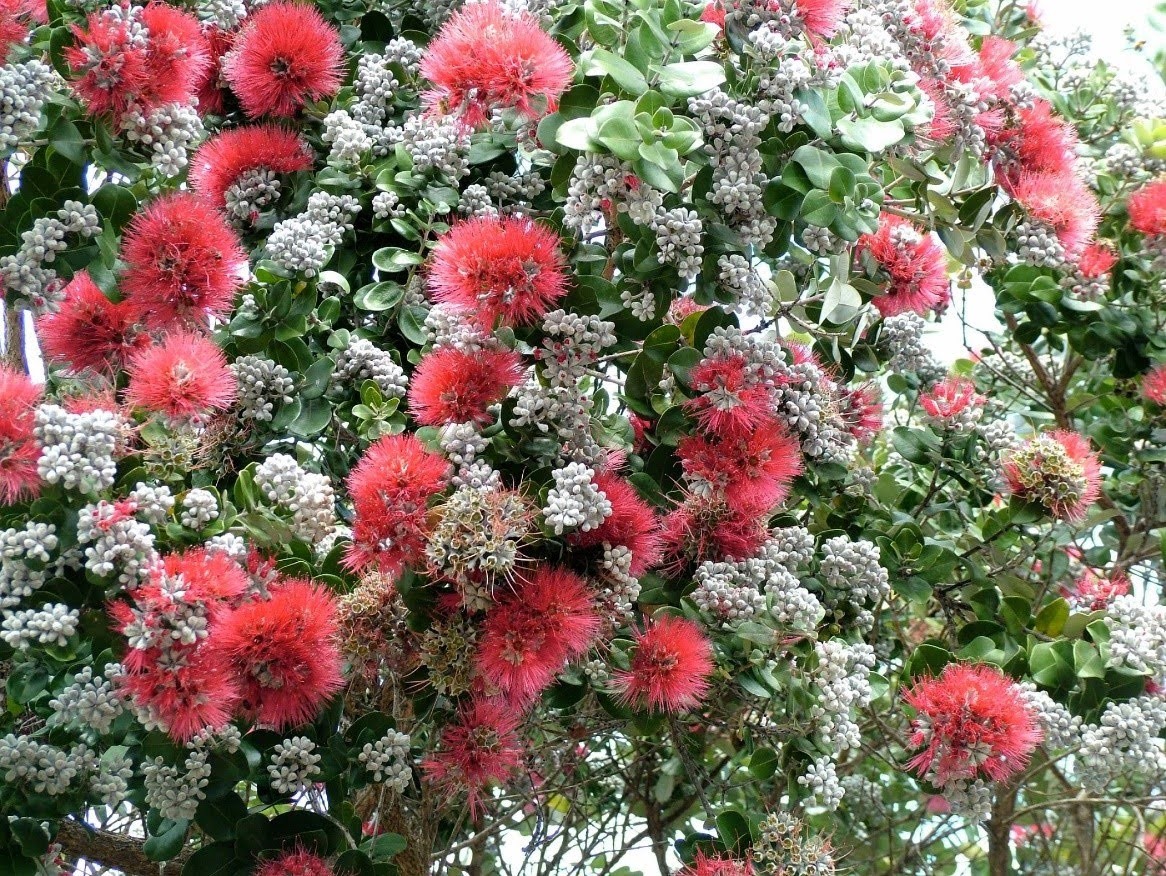
ʻŌhiʻa -- the almost abundant native tree in Hawai'i -- is both culturally significant and ecologically valuable. Sadly, ʻŌhiʻa are now threatened by two invasive fungal pathogens that cause Rapid ʻŌhiʻa Death (ROD), a serious threat to native forests in the Hawaiian Islands. Unfortunately, the future of the ʻŌhiʻa tree is in doubtfulness. Hundreds of thousands of ʻōhiʻa accept already died due to this fast-acting disease.
What are we doing to address Rapid ʻŌhiʻa Death?
Researchers are developing and refining techniques to quickly find the presence and spread of ROD, while also addressing management challenges posed by this threat. The Office of Native Hawaiian Relations has sponsored the "'Ōhiʻa Claiming," a competition to help accost the outcome.
Get Involved
Whether living in or visiting the Hawaiian Islands, be aware of ROD and follow biosecurity protocols that are in identify to reduce the spread of this disease. Larn more about ROD and assist spread the word about the "'Ōhiʻa Challenge" so that we tin identify and support solutions.
Invasive Asian Carp: Bighead, Argent, Black and Grass Carp
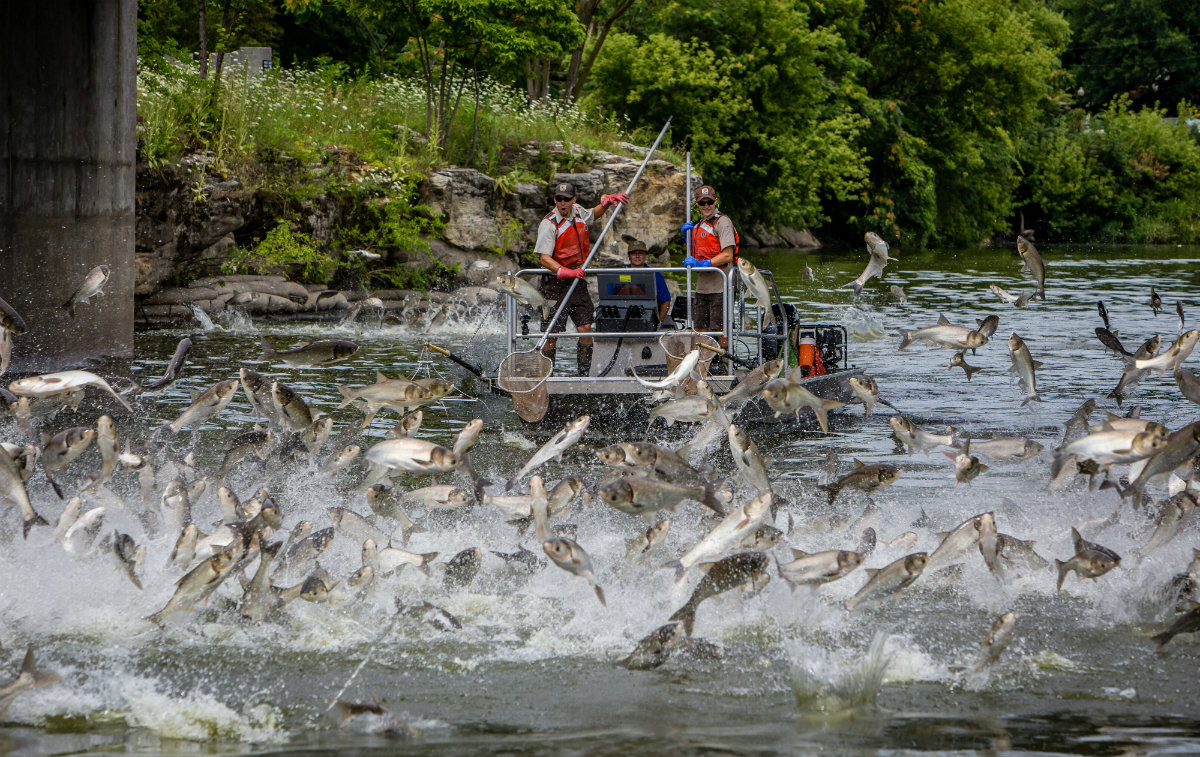
Finding their fashion into America's rivers and lakes, Asian carp (bighead, argent, black and grass carp) threaten recreational, commercial and subsistence fisheries worth billions of dollars annually. These aquatic invaders take over habitat and threaten native species, and impact recreational boating and other activities important to the livelihood of many communities.
What are nosotros doing to address Asian carp infestation?
Interior experts provide key leadership, research and tactical help across the Great Lakes, Upper Mississippi River and Ohio River basins. Past developing the "Management and Control Programme for Bighead, Black, Grass, and Argent Carps in the United States," we can apply it as a national pattern on the management of Asian carp. We've been developing disquisitional new technologies to combat the threat posed past all Asian carp life stages (eggs, larvae, juveniles and adults) and working with natural resource managers to improve early detection and rapid response activities.
Get Involved
Everyone tin play a function in preventing the spread of Asian carp. Ways you tin help:
- Learn to identify juvenile Asian bother
- But use wild-caught bait fish in waters where they came from
- Don't movement live fish from one location to some other
- Drain lake or river water from live wells and bilges earlier moving your watercraft
Finally, go an ambassador for your watershed and assist others learn how to help!
Invasive Rodents
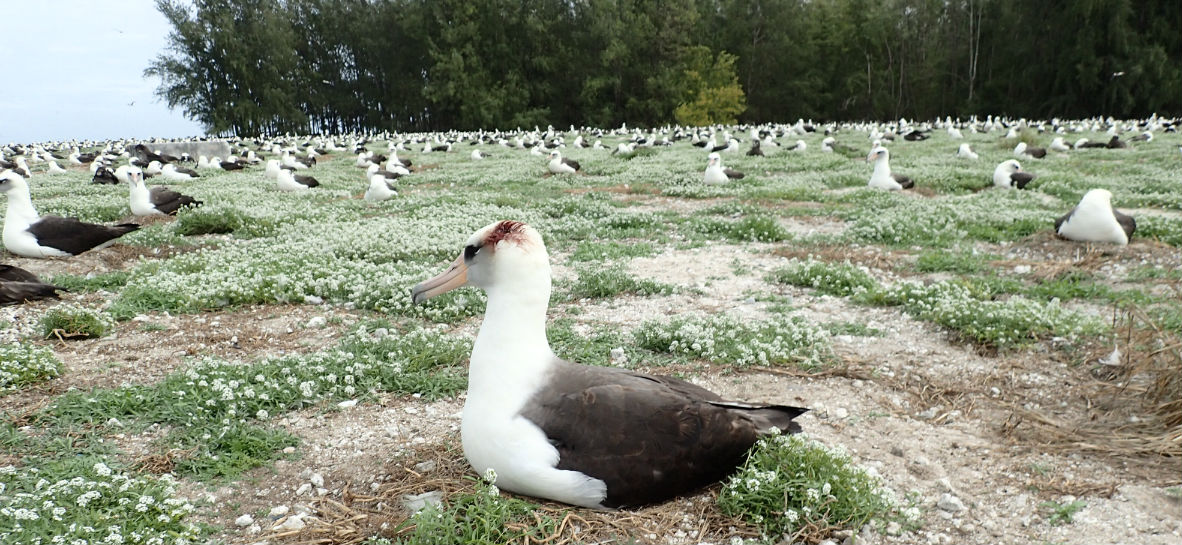
Invasive rodents on islands crusade serious impacts to both native biodiversity and infrastructure. These harmful rodents, such as mice and rats, prey upon and compete with native wildlife, reducing native biodiversity and sometimes leading to the extinction of a species. Rodents damage buildings past chewing through wood and insulation and gnawing on wiring which can trigger fires. Islands represent some of the greatest concentration of biodiversity, with island species oftentimes being evolutionarily distinctive. Unfortunately, these species are often highly vulnerable to novel disturbances, particularly invasive rodents.
What are we doing to address invasive rodents on islands?
Interior works with a multifariousness of partners on invasive rodent prevention, management and eradication. The main goal is to prevent rodents from reaching new islands. Where already found, invasive rodents are trapped and killed to limit their impact on native species and infrastructure. Helicopter drops of rodenticide are used to completely eradicate rodents from islands. Successful rat eradications can lead to amazing native restoration stories. In 2011, rat eradication at Palmyra Atoll National Wild fauna Refuge in the Pacific resulted in the native tree population increasing by v,000 percent since rats were removed.
Get Involved
Whether you're traveling or supporting island conservation, hither are a few ways to help:
- Prevent invasive rodents from reaching new islands (i.e., using rat guards on gunkhole mooring lines)
- Spread the word on how devastating rodents tin can be for native species on islands
- Learn more about rat eradication and island restoration
Invasive Weeds
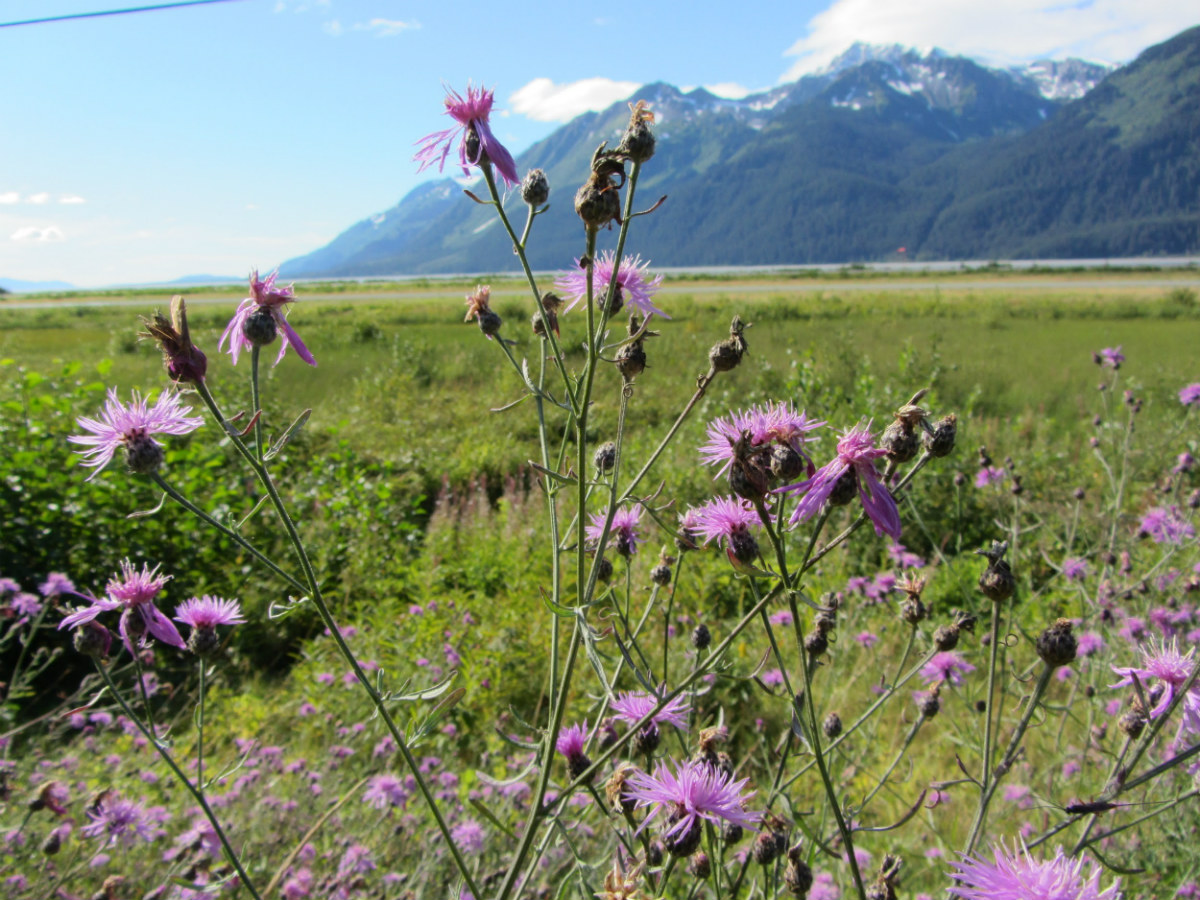
Today, noxious weeds and other invasive plant species infest more than 79 million acres of public lands, an increase of 44 percent since 2000. This presents multiple impacts to threatened ecosystems. For case, downy brome (cheatgrass), infests 50 one thousand thousand acres and provides fuel to wildfires that burn across increasingly larger areas. And in a devastating one-two punch, cheatgrass can rapidly re-establish itself on burned lands, outcompeting native grasses and increasing the extent of infestation.
What are we doing to address invasive weeds in the Due west?
Interior is responsible for preventing and controlling invasive weeds on the lands that we manage. We prioritize invasive species projects -- protecting the near critical resources -- such every bit protecting stream corridors or greater sage-grouse critical habitat. We partner with numerous partners, such every bit through Cooperative Weed Direction Areas (CWMA'south), that help with inventory, treatments, monitoring and other projection work.
Get Involved
Prevention is key, and so identifying invasive institute species is crucial. Helping with early detection, rapid response and public sensation is also of import. Report weed infestations to your local Interior bureau field offices and be involved in a local CWMA.
Preventing the Next Invasive Species
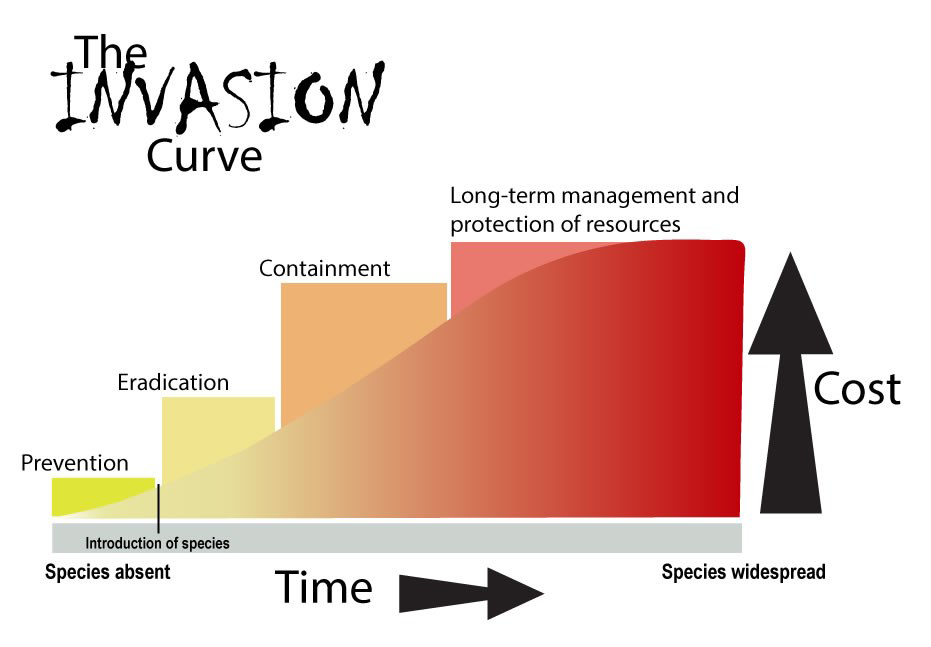
Once an invasive species becomes established, it is rarely possible to eradicate. The best way to avert the impairment that invasive species tin cause is to prevent them from inbound the state.
Nosotros use several means to predict species at gamble of becoming invasive and and so preventing them from being imported. By monitoring and inspecting wild animals imported into the Usa at designated wildlife ports nosotros can intercept problematic species.
Get Involved
Y'all can be involved in prevention in diverse ways. Please go along your pets secure and practice non release them - under whatsoever circumstances. Animals like exotic fish and reptiles can wreak havoc on native wildlife and habitat when they escape or are released. If you must surrender a pet considering you can no longer treat it, do so responsibly -- see Don't Permit it Loose for pet rehoming options. Other excellent sources for how to preclude the spread of invasive species include:
- Stop Aquatic Hitchhikers!
- Clean Bleed Dry
- Hungry Pests
- Don't Move Firewood
- PlayCleanGo
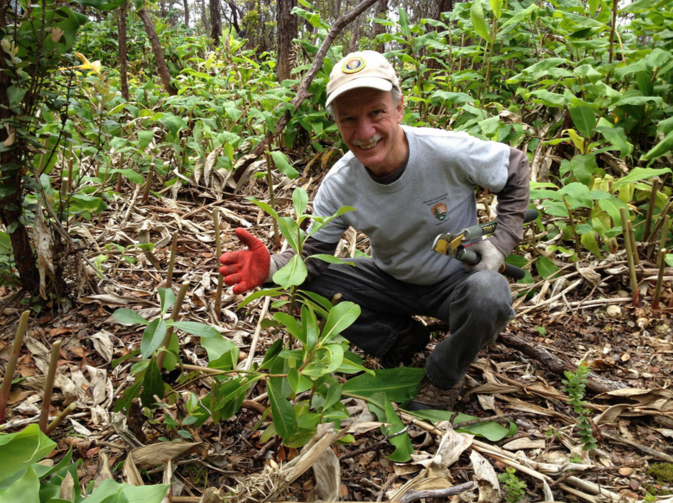
The Power of Partnerships
Invasive species may be widespread and vastly dissimilar, simply luckily and so are the methods and teams protecting public lands. The Department of the Interior is forging stiff partnerships with others to collectively address the threat of invasive species. We can't do it lonely. Together, success is possible!
Source: https://www.doi.gov/blog/invasive-species-finding-solutions-stop-their-spread
Posted by: rodgerspromptiff.blogspot.com

0 Response to "Invasive Animals - What Can We Do?"
Post a Comment